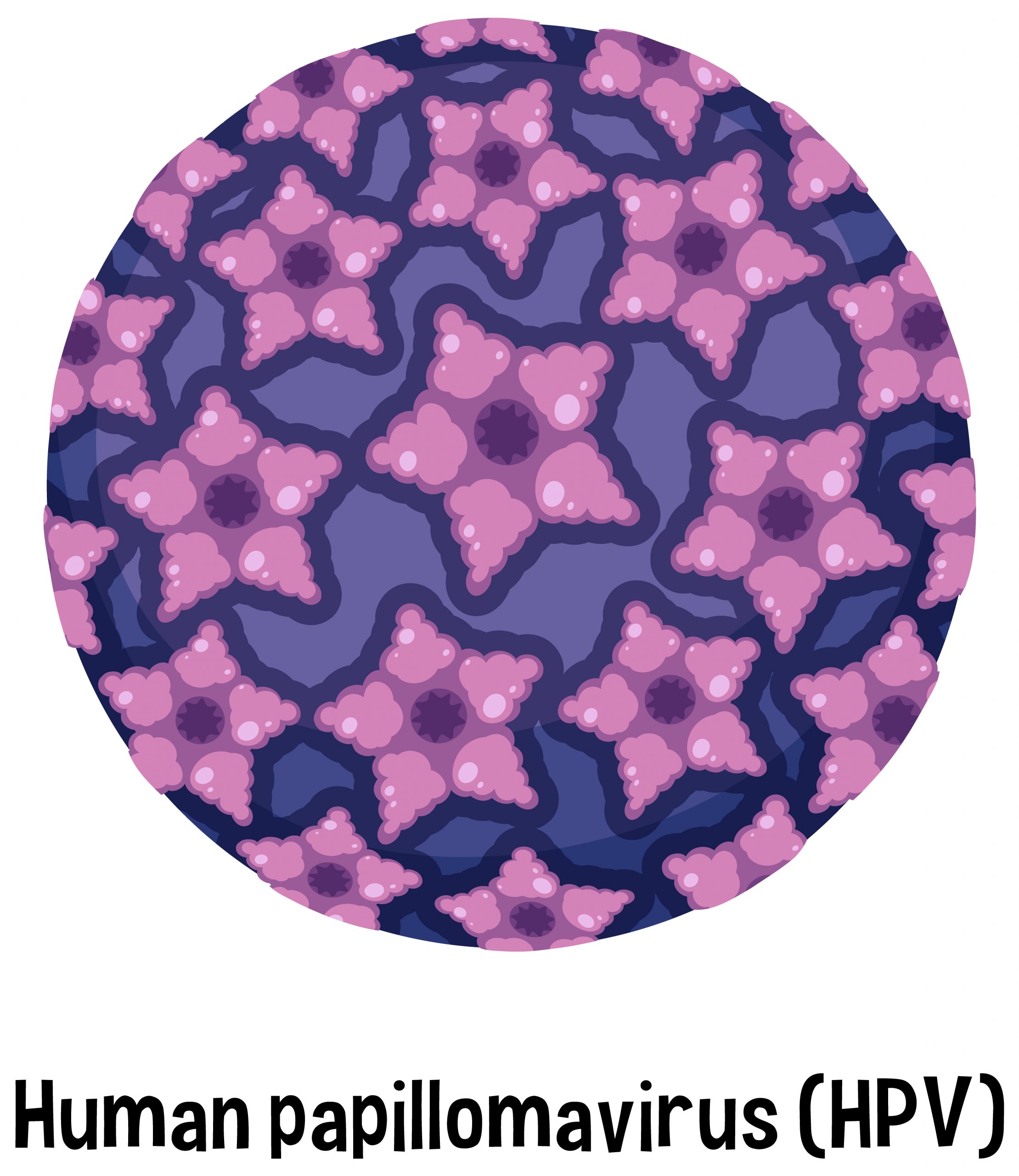

Tobacco smoking and human papillomavirus (HPV) are both well-known risk factors for head and neck cancer, but there is ample evidence that they can interact to increase the risk of contracting the disease, according to a study conducted by researchers at the University of So Paulo (USP) in Brazil and the University of Chile. The study was published in the International Journal of Molecular Sciences.
The study’s findings shed light on elements of the molecular pathways at work in head and neck cancer, paving the door for novel prevention and treatment options, as well as additional treatments that could help patients.
The term “head and neck cancer” refers to cancers of the mouth, nose, sinuses, tonsils, throat, and thyroid. It impacted over 830,000 people worldwide in 2020, killing more than half of them. According to the most recent data from the National Cancer Institute (INCA), it killed about 21,000 people in Brazil in 2019. Historically, the main causes have been alcohol, cigarettes, and poor dental hygiene, but in recent decades, HPV has emerged as a substantial risk factor, particularly for younger and more affluent patients. Head and neck cancer is currently one of the world’s fastest-growing kinds of cancer linked to HPV.
“Instead of continuing to analyze smoking and HPV as oncogenic factors separately, we set out to focus on their possible interaction,” said Enrique Boccardo, penultimate author of the article and a professor in the Department of Microbiology at the University of São Paulo’s Biomedical Sciences Institute (ICB-USP) in Brazil.
“Both smoking and HPV are associated with heightened oxidative stress and DNA damage, which are factors in cancer, and according to previous research, can regulate superoxide dismutase 2 [SOD2], a putative biomarker of oral cancer malignancy and other diseases associated with HPV.”
The researchers began by analyzing oral cells that contained the oncoproteins HPV16 E6 and E7 [indicating HPV infection] and were exposed to cigarette smoke condensate in vitro. SOD2 levels and DNA damage were found to be considerably higher in comparison to controls, indicating a detrimental interaction between HPV and cigarette smoke.
The cells that expressed E6 and E7 or were exposed to cigarette smoke expressed less SOD2, whereas the cells that expressed the oncoproteins and were exposed to cigarette smoke expressed more SOD2, indicating an interaction between the presence of HPV genes and cigarette smoke.
The second part of the experiment involved analyzing genomic data from 613 samples in The Cancer Genome Atlas (TCGA), a public archive containing cancer-causing genetic alterations (acquired from genome sequencing and bioinformatics). To confirm the findings, the researchers focused on SOD2 transcription analysis.
Starting Point
“Although in vitro studies take place in an artificial environment, they’re a starting point for an understanding of what happens in more complex models and could enable us in future to intervene objectively with some benefit,” Boccardo said. “For example, HPV vaccination is currently available only from the SUS [Sistema Único de Saúde, Brazil’s national health service] for children aged 9-14 because studies have evidenced its efficacy against genital pathologies, but I believe it should be possible to consider extending the age group in order to prevent diseases in other anatomical regions.
This study in particular, he added, translates the results obtained in the laboratory to clinical analysis by surmounting the “Achilles heel” of basic research, which is the difficulty of access to human samples, thanks to technological advances leading to the creation of databases for human samples like the one used in the study. These databases include RNA and protein expression analysis, as well as containing data collected over long periods.
“The next step would be to increase the complexity of the model utilized, analyzing the functional question in the context of normal expression of viral proteins, where the HPV promoter does in fact regulate E6 and E7 expression,” Boccardo said. We mustn’t forget, for example, that events such as inflammatory processes can’t be seen in vitro but are known to play a very important role in disease outcomes.
more recommended stories
 Gestational Diabetes Risk Identified by Blood Metabolites
Gestational Diabetes Risk Identified by Blood MetabolitesKey Takeaways (Quick Summary for Clinicians).
 Phage Therapy Study Reveals RNA-Based Infection Control
Phage Therapy Study Reveals RNA-Based Infection ControlKey Takeaways (Quick Summary) Researchers uncovered.
 Pelvic Floor Disorders: Treatable Yet Often Ignored
Pelvic Floor Disorders: Treatable Yet Often IgnoredKey Takeaways (Quick Summary) Pelvic floor.
 Urine-Based microRNA Aging Clock Predicts Biological Age
Urine-Based microRNA Aging Clock Predicts Biological AgeKey Takeaways (Quick Summary) Researchers developed.
 Circadian Control of Neutrophils in Myocardial Infarction
Circadian Control of Neutrophils in Myocardial InfarctionKey Takeaways for HCPs Neutrophil activity.
 E-Cigarette Use and Heart Attack Risk in Former Smokers
E-Cigarette Use and Heart Attack Risk in Former SmokersKey Takeaways for Clinicians and Nurses.
 36-Week Pre-eclampsia Screening May Reduce Term Risk
36-Week Pre-eclampsia Screening May Reduce Term RiskA New Preventive Strategy for Term.
 Cardiovascular Risk and Sudden Cardiac Death in Diabetes
Cardiovascular Risk and Sudden Cardiac Death in DiabetesRising Sudden Cardiac Death (SCD) Risk.
 Poor Kidney Function and Alzheimer’s Biomarkers Explained
Poor Kidney Function and Alzheimer’s Biomarkers ExplainedPoor kidney function may influence levels.
 Walking Speed Before Hip Replacement Predicts Recovery
Walking Speed Before Hip Replacement Predicts RecoveryNew Evidence Points to a Simple,.

Leave a Comment